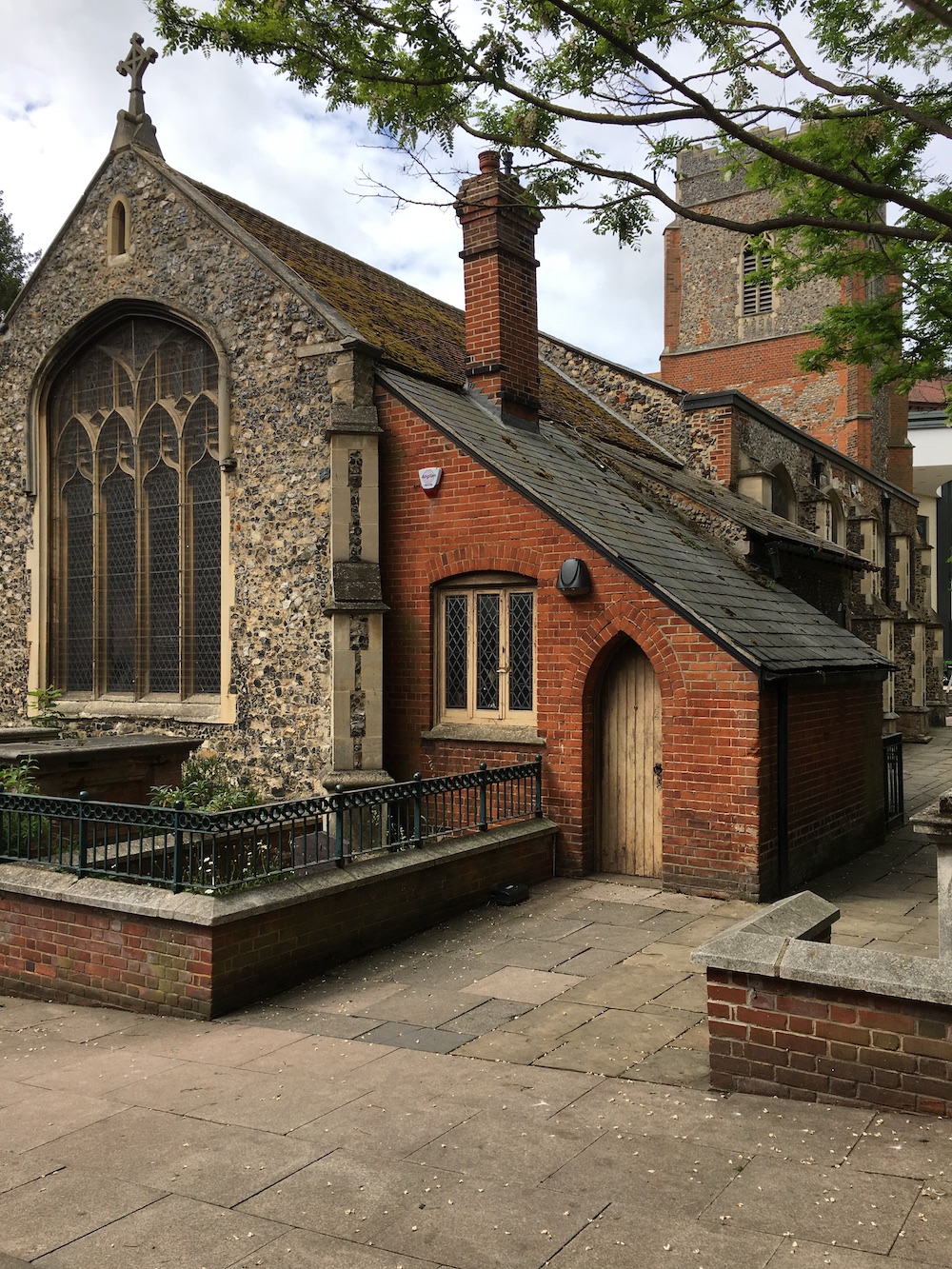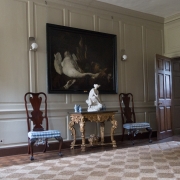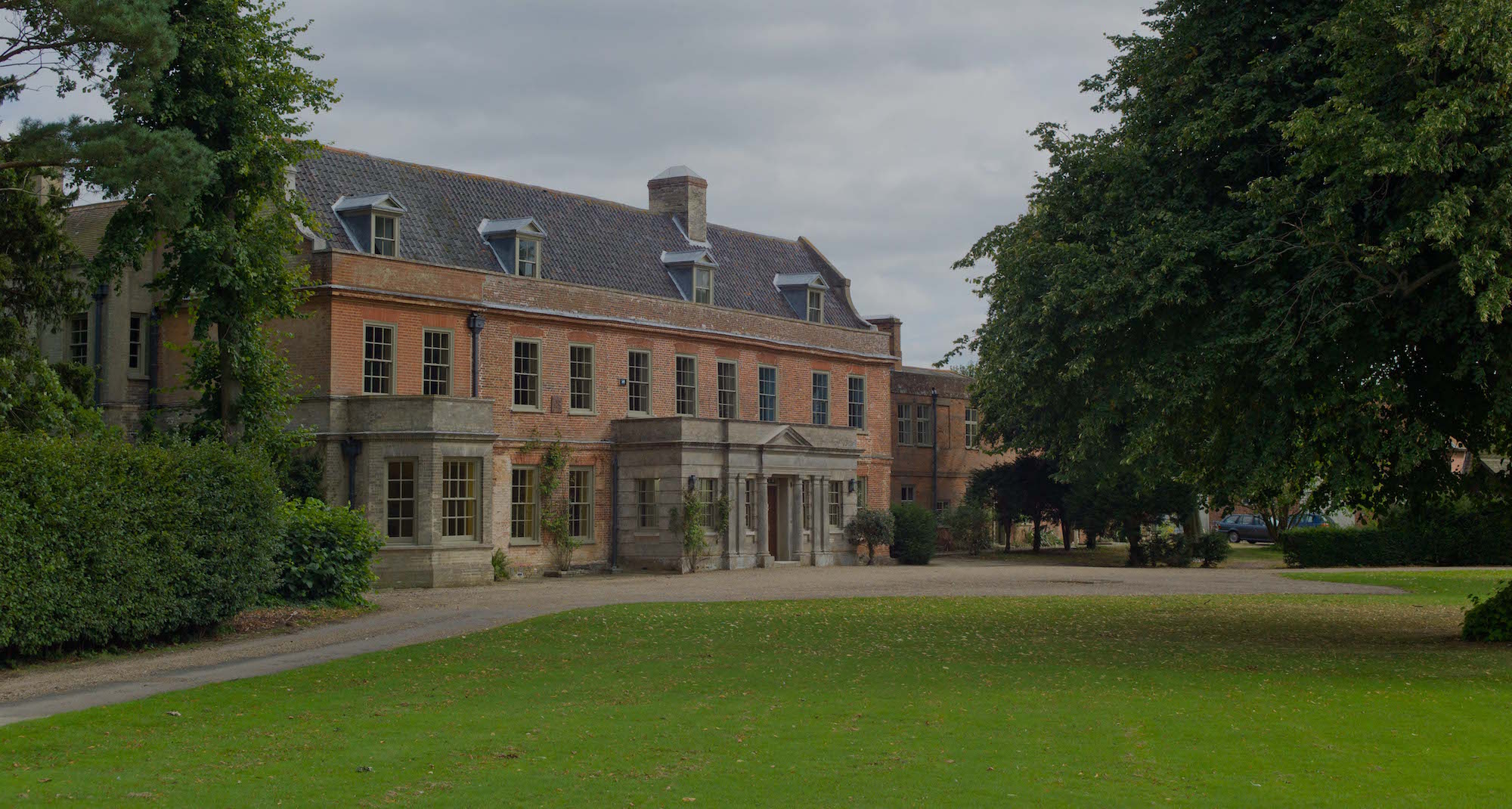Preserving the past with historic building restoration
Older buildings often reflect centuries worth of history but many of these glorious structures can begin to look unsightly over time. Sensitive interior and exterior restoration is the most visible way to conserve a building, and when carried out correctly, it helps to restore and increase its lifespan.
Restoring older buildings helps to maintain the character of an area and brings diversity to the architectural landscape. Historic buildings can also be repurposed for other uses, their original exterior preserved and the interior renovated for modern needs, giving new life to a building that might have fallen into disrepair.
Modern interiors
Often, older buildings find a new lease of life after being renovated inside. A recent project saw our update of the interior of  St Stephen’s Church in Ipswich, transforming it into a live music venue and performance space.
St Stephen’s Church in Ipswich, transforming it into a live music venue and performance space.
Shaun Soanes, Partner at NJ Architects said: “The aim of the renovation was to create the right environment for music lovers, whilst preserving the features of the Grade II listed church. Inside visitors will find a new bar and free-standing ‘pod’ toilets with details in English hardwood, and a new doorway onto Arras Square, in oak, stone and flintwork. In this way we repurposed an empty building into an exciting cultural space.”
Protecting the environment
The environmental impact of building restoration cannot be ignored. Demolition projects consume vast amounts of energy and the destruction of old structures can release pollutants into the air. The buildings themselves are often damaged by extreme weather changes, which can cause structural problems and decay in the stonework. There’s also the risk of plant and fungal growth and insect infestation which can affect the integrity of a historic building.
At NJ Architects, there is a firm focus on renovating older buildings with care, bringing them back to life where possible. Over the years the firm has been commissioned to renovate several older buildings with varying aims including building extensions to add more usable space, altering internal layouts, updating essential services, and restoring areas of historic importance.
Shaun said: “We feel it is important to renovate older buildings because it often allows us to re-use existing materials, or repair structures that need to be restored rather than removed. We treat the buildings themselves and their surrounding environment with great care to ensure we enhance what is already in place.”
Uncovering history
When working on a grade II* listed country house, that had suffered neglect and poor-quality alterations, we uncovered several historical features that had been hidden away. The work involved unpicking modern intrusive repairs, allowing us to reveal the building’s character again.
Shaun said: “During our restoration of the first-floor parlour we removed partition walls and uncovered a relatively intact 16th century fireplace. The fireplace was revealed and conserved, and missing sections of 18th century timber wall panelling restored and extended throughout the remainder of the parlour. These discoveries a real joy because they further enhance the history of the building, and important features that have often been unwittingly covered up.”
Preserving historic buildings ensures they are protected to be used and enjoyed by future generations. Some older buildings are the last representation of their kind, and if lost, would remove centuries worth of history. Many older buildings provide a physical link to key moments in the past and have associations to important stories within communities.
Historic preservation is an important way for us to transmit our understanding of the past for many more generations to come.






